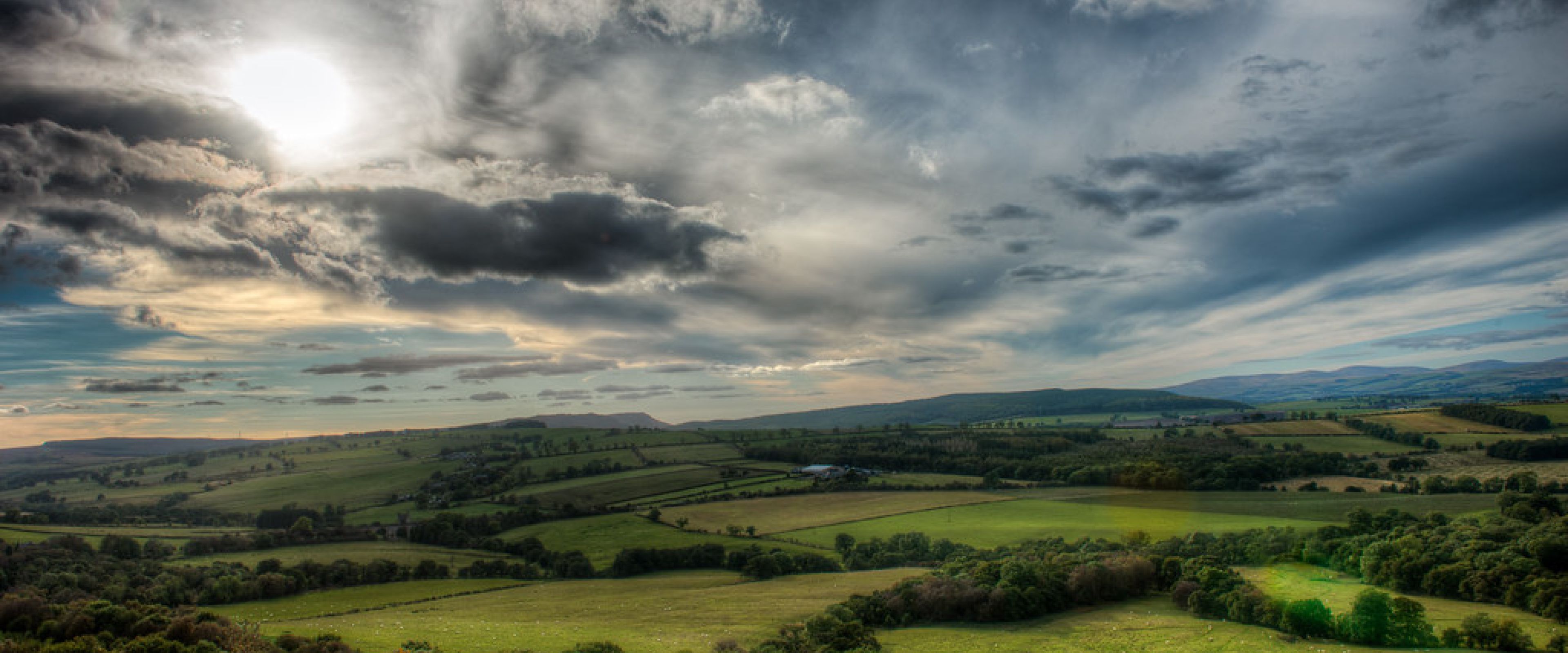Northumbria, once an early medieval Anglo-Saxon Kingdom, with miles of unspoiled sandy beaches, rolling countryside, history and heritage. Northumbria was a great centre for arts, learning and early Christianity and was especially noted for the great saints it produced, like Cuthbert, Wilfrid and the Venerable Bede.
Itinerary/Excursions
Walking Tour of Durham
Crook Hall Gardens NT
Cragside NT
Holy Island
Bamburgh
Alnwick Castle and Gardens - Guided State Room Tour
Your holiday includes
- 4 nights at the Gibside Hotel, Wickham
- Breakfast and all evening meals
- Walking tour of Durham
- Alnwickj Castle and Gardens
- Guided tour of state room
- Holy Island and Bamburgh
- Entry to NT properties if member
- Private coach travel
- Services of an experienced driver
- 10 singles with no supplement
- Cancellation Protection
Hotel Details
In a village setting with numerous restaurants and shops within a 5-minute walk, the Gibside Hotel is 2.5 miles from the Metrocentre shopping mall and 6.8 miles from Beamish Museum. Warmly furnished rooms have en suite bathrooms, plus satellite TV, free WiFi, and tea and coffeemaking equipment. Dining options include a traditional restaurant, and a bar/lounge with an Egyptian theme, international beers and wines and valley views.







